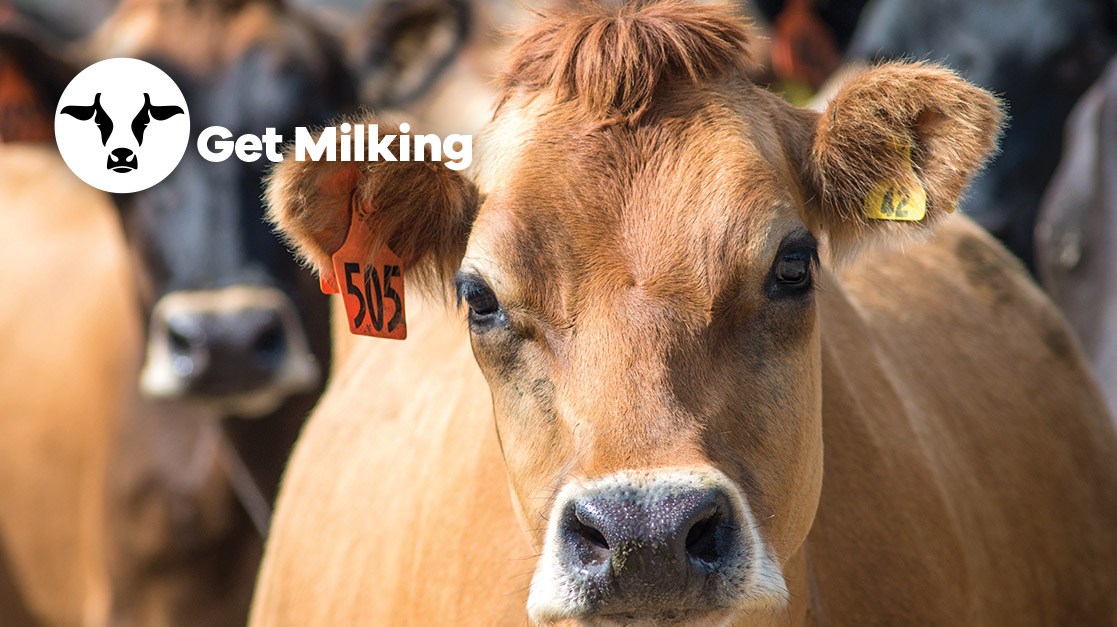A Cow’s welfare is the most important aspect of dairy farming. When working on a farm you are accountable to many people, including law enforcement. This course will ensure you know how to treat animals according to the Animal Welfare Act, and meet the 20 Minimum Standards of the Dairy Cattle Code of Welfare as set out by New Zealand law.
Outcomes
By the end of this course, you will:
- Know how to be a good stock handler, moving cows in a calm and quiet manner, while in control of yourself and the cows
- Be able to record and report animal behaviour that is not normal
- Know what the five animal welfare freedoms are, and know how to implement them according to cows and their requirements
How to watch this training
There are 13 videos to watch (videos vary in length, but average between 1 – 4 mins long). Each video also has a pdf of information and tips on each topic, which you can open, save and print.
As the learning progresses from video to video, the first time around, you’ll need to watch them in the order they’re listed. Once all have been watched, you can then go back to any specific video at any time you like.
You will learn about:
- The way that cows see the world, and how to deal with them kindly, knowledgeably, and patiently, with the minimum of stress on you both.
- How to look after the cows’ health, particularly when they are about to give birth (calve).
The objectives of the course
Healthy animals
By the end of this course, you will:
- Understand that the principles of good stock-handling are based on kindness, patience, and common sense.
- Have a good understanding of how the cow sees the world and their likely reactions to people, sound, movement and their environment.
- Know how to observe stock and how to take note of, report and record anything out of the ordinary in their behaviour.
- Have a good understanding of the most common health problems encountered with dairy cows.
- Understand what to do when pregnant cows (springers) are nearing calving.

